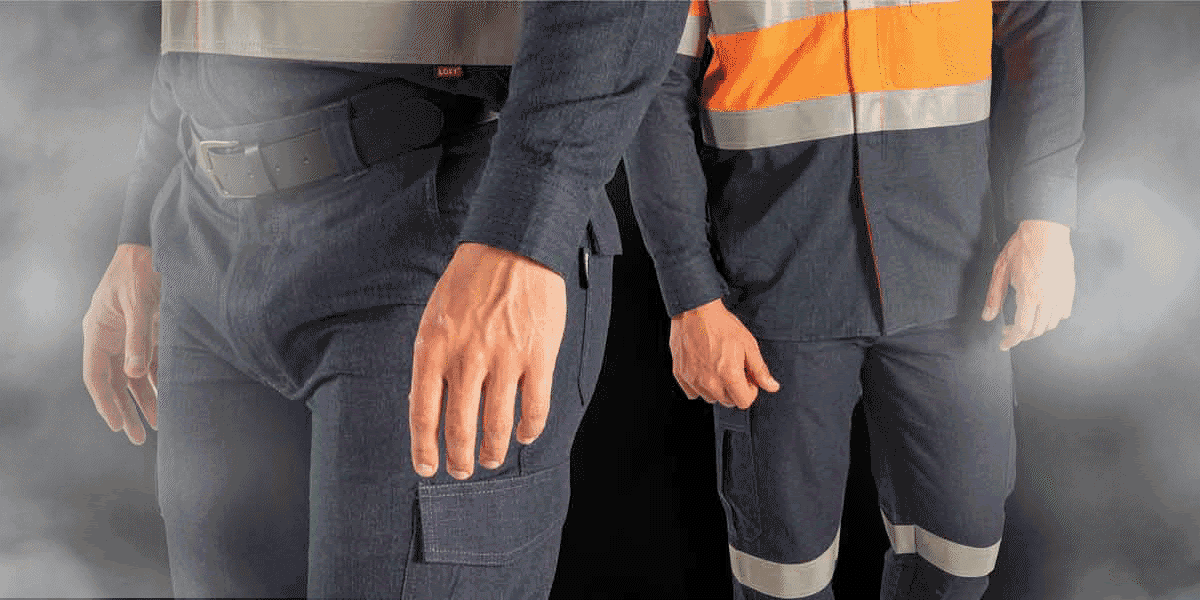The Importance of Breathable Protective Workwear
Breathable garments allow air exchange between the wearer’s body and the environment. When a protective garment is breathable, the fabric or material allows the free movement of air and moisture vapours.
Breathability in protective garments is usually achieved through the use of certain fabric technologies or construction techniques that allow air molecules to pass through the material while having the ability to block larger liquid water droplets from penetrating the fabric. The garment will still provide protection while allowing heat and moisture to escape the body.
1. Comfort
Protective garments are worn for extended periods while conducting rigorous tasks. Breathable fabrics allow air and moisture to pass through, which helps regulate body temperature, keeping the wearer comfortable. Comfort becomes an essential feature to maintain productivity and reduce fatigue.
2. Moisture Management
Breathability in protective garments wicks away moisture from the body, allowing sweat to evaporate. Water accumulation on the skin can lead to discomfort, skin irritations and even bacterial or fungal infections. Proper moisture management helps maintain the wearer’s overall health and well-being.
3. Heat Dissipation
In situations where protective garments are worn, such as hot climates, industrial worksites with machinery and while doing strenuous activities, the body will quickly generate heat. Breathable materials can transfer heat away from the body, promoting better thermoregulation. Protective garments with breathability prevent the body from overheating, reducing the risk of heat-related illnesses such as heat exhaustion or heatstroke.
4. Odour Control
Breathable protective garments also prevent the build-up of unpleasant odours caused by bacteria or sweat. Improved airflow helps dissipate these odours, keeping the wearer comfortable and fresh throughout the day.
5. Skin Health
Allowing air to circulate prevents the build-up of moisture, which contributes to maintaining good skin health. It reduces the chances of skin irritations, rashes and allergies when sweat and heat are trapped against the heat.
6. Productivity & Safety
When workers are comfortable in their protective garments, they can focus on their tasks on-site without any discomfort or restricted movement. A breathable, comfortable material can increase productivity and safety by reducing the risk of errors or accidents that may be caused by compromised focus and limited mobility.
7. Enhanced Comfort & Protection
Individuals can stay comfortable and protected throughout extended periods by choosing breathable materials. A breathable protective garment allows for better air circulation, heat dissipation and moisture management. It helps regulate body temperature, preventing excess sweating and moisture build-up, and reduces the risk of discomfort, skin irritations, and heat-related illnesses.





